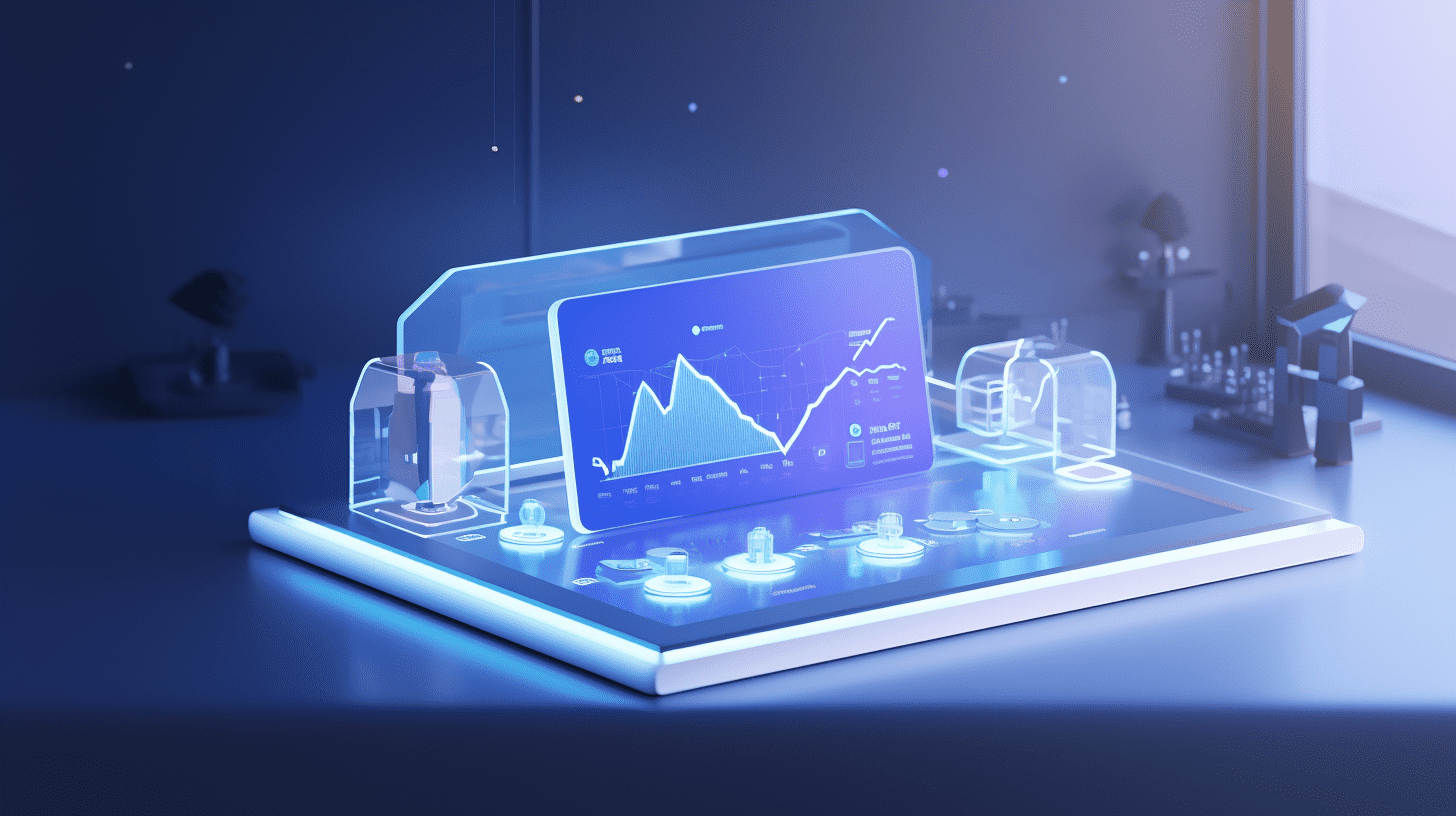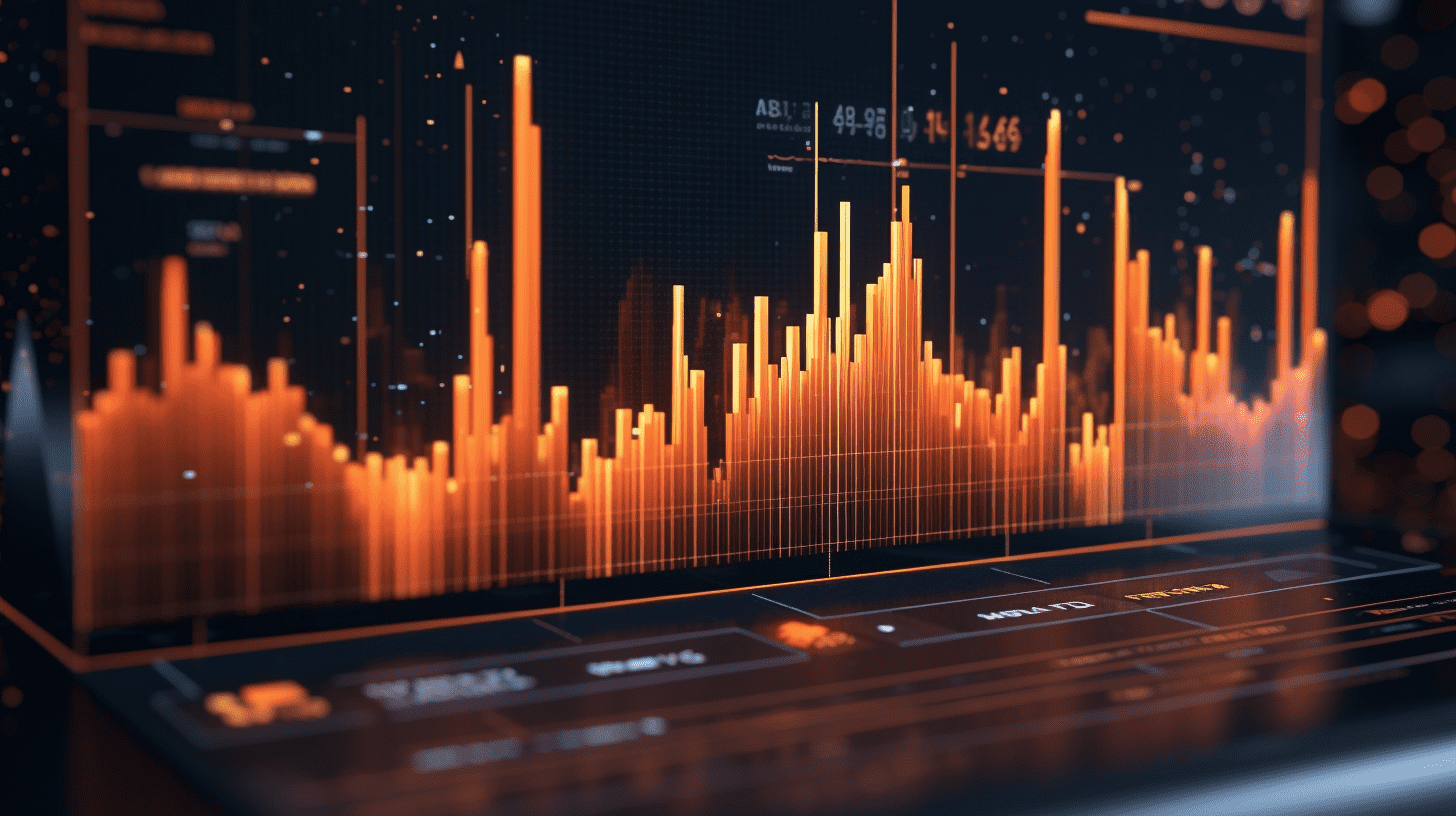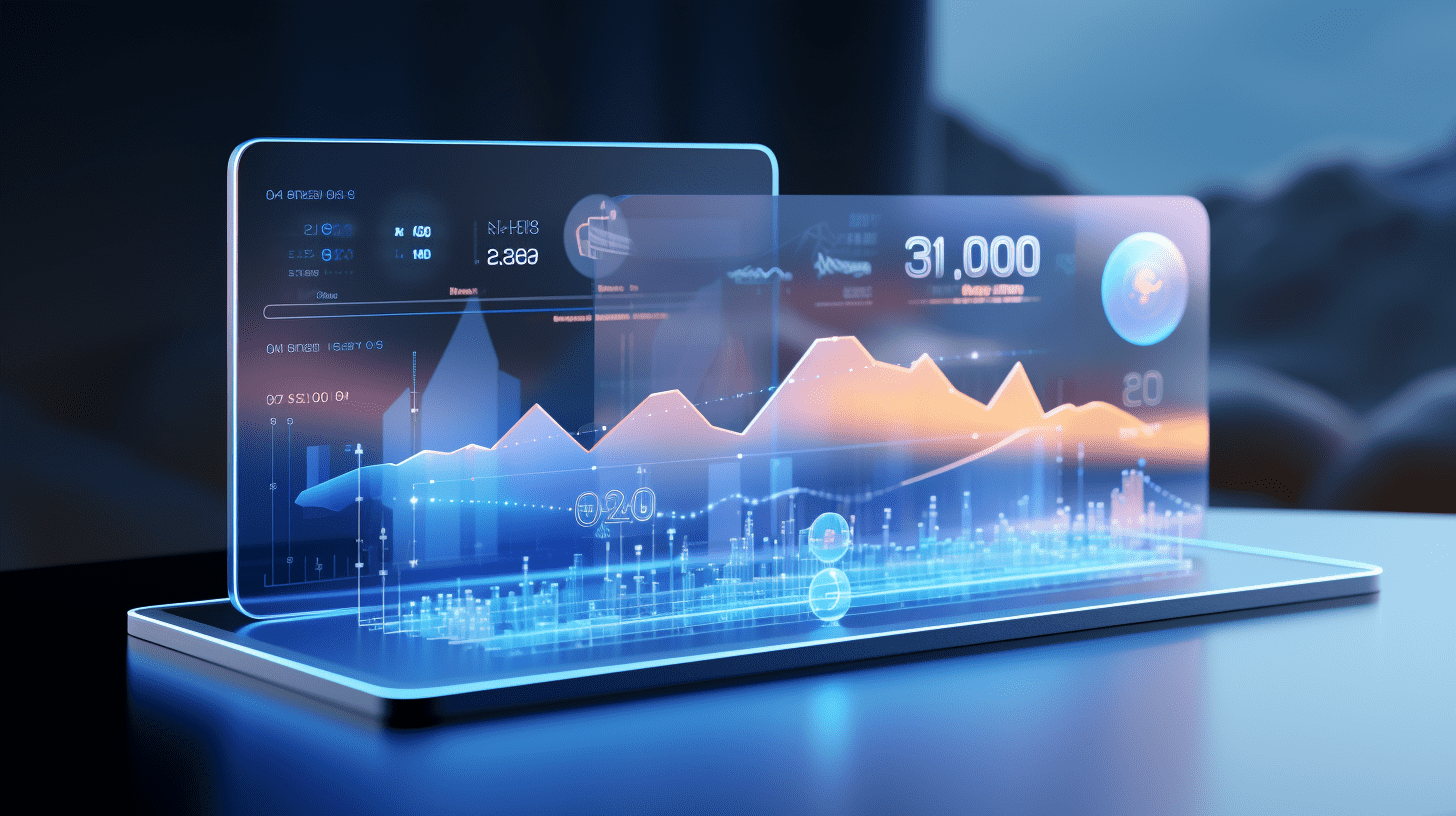
Trump is about to embark on a "second gamble": a new round of tariffs or a reshaping of the American economy.
U.S. President Trump is about to embark on one of the riskiest economic policies of his second term on Wednesday, implementing widespread import tariffs in an effort to propel the U.S. economy into a new phase of development. However, the cost of this policy may be very high.
As Trump prepares to announce his "Liberation Day" plan, U.S. consumer confidence has plummeted to multi-year lows. Consumers are concerned that these tariffs may trigger a new round of inflation shocks, while investors worry that higher commodity prices will squeeze business profits, putting even more pressure on the already struggling stock market.
Trump has promised to create a new economic system that no longer relies on deficit spending, to prevent countries like Canada, Mexico, China, and Europe from continuing to exploit U.S. consumer demand for cheap goods. However, the specific implementation of this goal is still unclear, and the economic costs remain uncertain.
Former White House senior economic adviser and current chief economist at SMBC Nikko Securities, Joseph LaVorgna, says that market anxiety is understandable, but he has confidence in Trump's negotiation skills. He points out, "This is a negotiation process that needs to be viewed in the long term. Right now, it's difficult to determine what the final implementation plan will look like."
It is currently known that the White House plans to impose "equivalent" tariffs on its major trading partners, meaning imposing import taxes equal to the tariffs U.S. products face in those countries. The latest news indicates a possible 20% blanket tariff, but LaVorgna expects the final tariff level to be around 10%, with tariffs on China possibly as high as 60%.
Trump hopes to reduce the record $131.4 billion U.S. trade deficit and pressure through tariffs to encourage more goods to be produced domestically in the U.S., creating jobs and achieving a fairer trade environment. However, this strategy could bring severe economic shocks in the short term.
In theory, tariffs are essentially a form of import tax and usually have inflation effects. However, during Trump's first term, despite imposing high tariffs on countries like China, overall U.S. inflation rates did not soar long-term, only showing some localized price increases. Therefore, Federal Reserve economists generally believe that the impact of tariffs is one-off, short-term, and unlikely to become a persistent driver of inflation.
But this time, the situation may be different. The scale of tariffs planned by Trump far exceeds any past protectionist policy, possibly reaching the level of the 1930 Smoot-Hawley Tariff Act, which triggered a global trade war and is considered one of the key factors leading to the Great Depression.
Mohamed El-Erian, chief economic adviser of Allianz, points out that this policy may have two radically different outcomes: "This could be a major reshaping of the U.S. and global economy, similar to the economic reforms of Thatcher and Reagan eras, leading to a more dynamic private economy and simplified government regulatory system. However, if the tariff war evolves into a 'tit-for-tat' trade conflict, the U.S. may fall into stagflation, and once entrenched, this stagflation could become a long-term economic problem."
Currently, signs of stagflation have begun to appear in the U.S. economy, though not as severe as in the 1970s and early 1980s. Economic growth is slowing, and inflation rates are more stubborn than expected.
Goldman Sachs has lowered its forecast for U.S. economic growth in 2025, expecting GDP growth of only 1% this year, below the Fed's previous forecast of 1.7%. In addition, Goldman has raised the probability of an economic recession this year to 35%, although their baseline forecast still predicts positive economic growth.
Some economists are even more pessimistic about the economic outlook. Luke Tilley, chief economist at Wilmington Trust, predicts a 40% probability of a U.S. economic recession this year, not just due to the impact of tariffs. He believes that U.S. consumers are already in a weakened state going into 2025, and tariffs may further dampen economic growth.
The decline in business confidence has already begun to affect commercial decision-making. A survey released by the Institute for Supply Management (ISM) on Tuesday showed that business executives are generally concerned about the uncertainty surrounding the tariff plan, and many companies are delaying new orders and investment plans. A manager in the transportation equipment industry stated, "Due to uncertainty surrounding how tariffs will be implemented, our customers have already started to pause new orders."
Tilley also warns that tariffs could hinder job market growth, as businesses may delay hiring and capital expenditure in an uncertain trade environment. Although tariffs may temporarily boost inflation data in the short term, eventual economic weakness could lead to decreased demand, making tariffs a "net deflationary" factor where prices rise temporarily, but overall prices fall due to slowed economic activity.
RECOMMEND
©️2013 - 2025 GMT EIGHT Holdings. All Rights Reserved.
Contact: [email protected]


